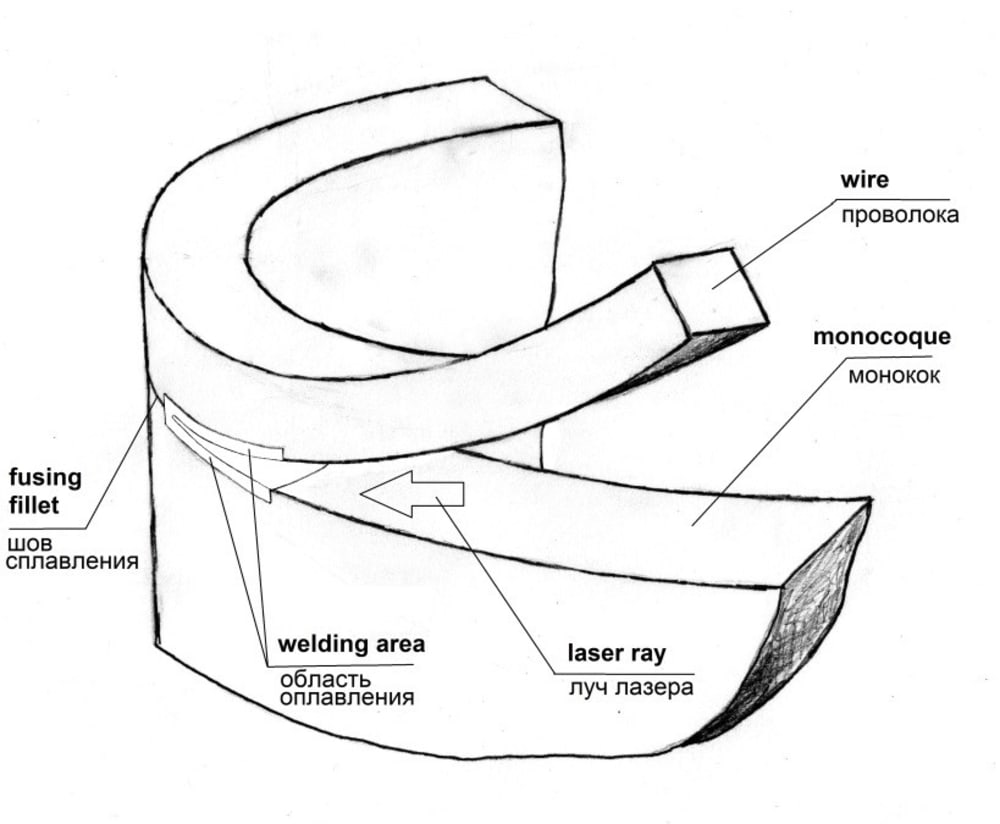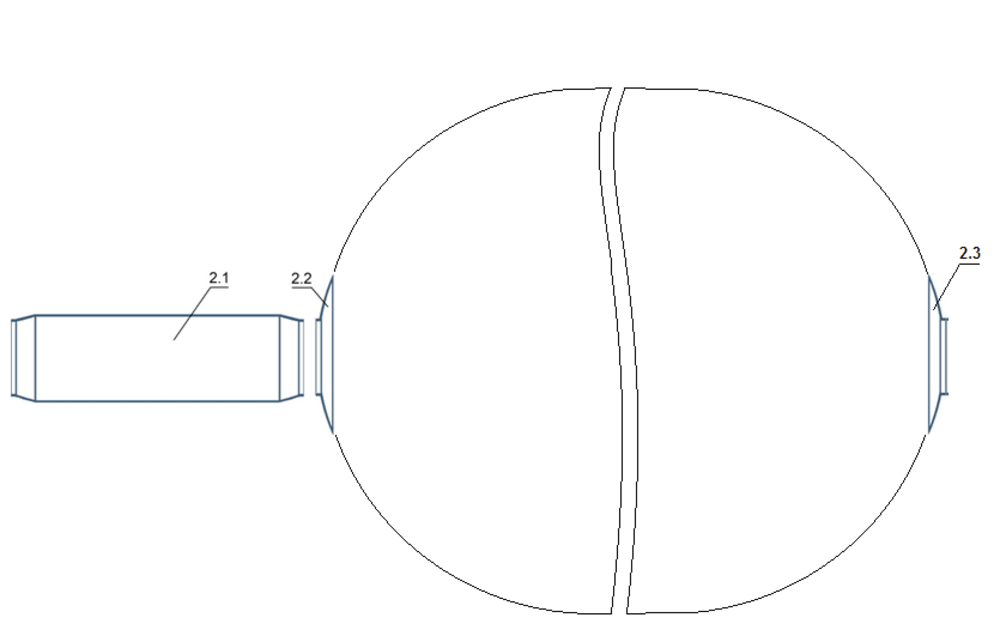Relevance and novelty: for the first time ever, rocket and space equipment production and extraterrestrial macro engineering will be moved off of the Earth. This is like sending the first man into Space.
No proactive short- or long-term space exploration is possible without developing special-purpose earth orbital infrastructure: cargo platforms, storage, production, residential, scientific, and other large-size functional modules. From a structural point of view, this infrastructure will rely on large-size solid monocoque shells of various shapes: cylindrical, spherical, etc. The monocoques are meant to have large dimensions with standard sizes anywhere from dozens to several hundred meters, and at a low cost while ensuring adequate strength.
Moving the technological process of LFM production off of the Earth will allow launch vehicles (LV) to be used only for delivering work materials, that is, cheap steel wire, into space. Per our calculations, the expected rate (time) for manufacturing a cylindrical LFM with hemispheres at the ends, with a length of 250 m and a diameter of 50 m, is 19 days (with one robot operating 24/7). LFM wall thickness: 1 mm. It is assumed that several robots will be operating simultaneously. In our opinion, the extraterrestrial LFM production technique that employs the new technology will be more efficient than delivering individual parts and assembling them outside the terrestrial atmosphere (please note that the most advanced LV have certain restrictions on the orbit payload weight and size). It should also be noted that the assembly requires human participation. This is where the human factor impact on the assembly quality comes from. Equipping the assembled LFM with life support facilities, attitude control and other systems can be implemented subsequently, module by module.
The fully automated technique under development is based on an additive technology of surfacing structures with profiled wire of a small thickness (0.5 to 2.0 mm) using a 300 W pulsed laser.
Purpose: to develop an industrial technology for large-size functional monocoque fabrication outside the terrestrial atmosphere with standard sizes from dozens to several hundred meters in order to build special-purpose infrastructure including residential, warehouse, cargo, production, and other units that ensure the development of space programs in Russia and foreign countries in the short and long term.
Like this entry?
-
About the Entrant
- Name:Valery Barygin
- Type of entry:individual
- Patent status:patented





